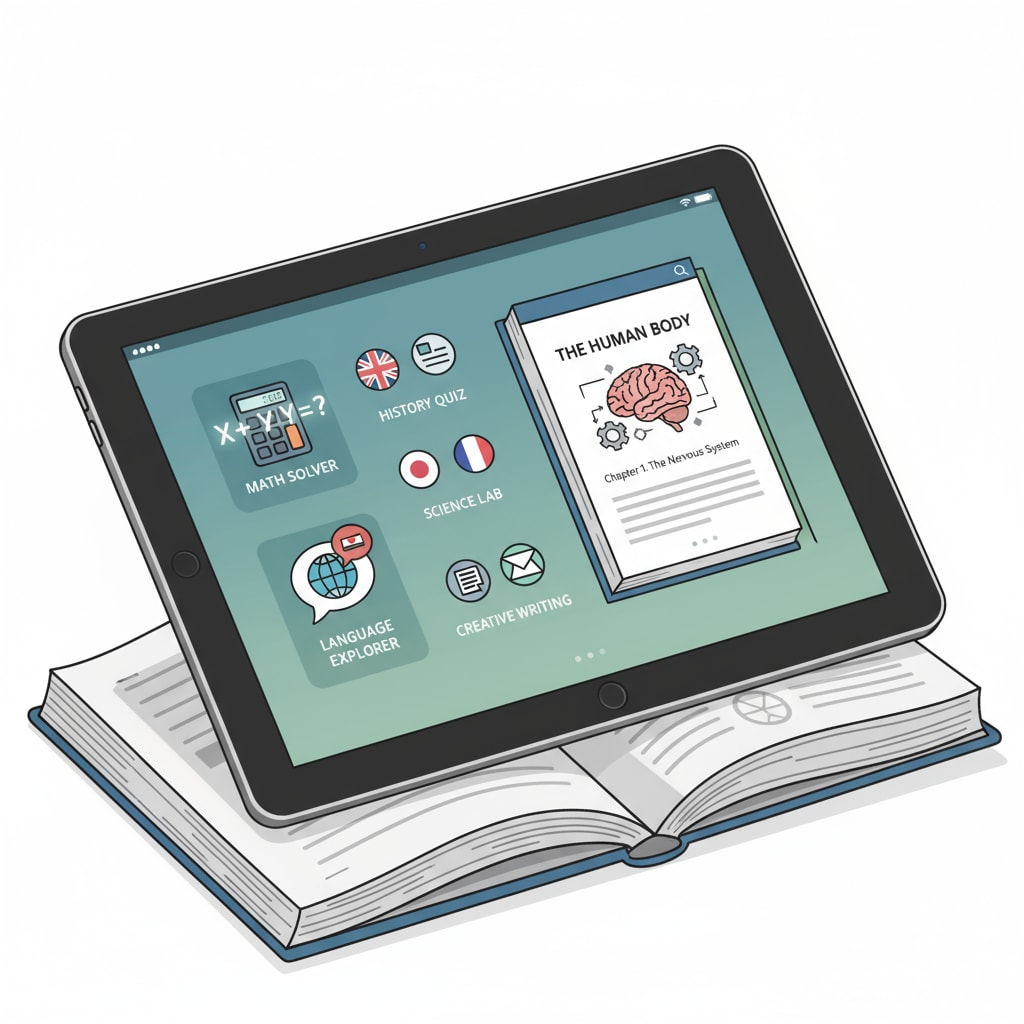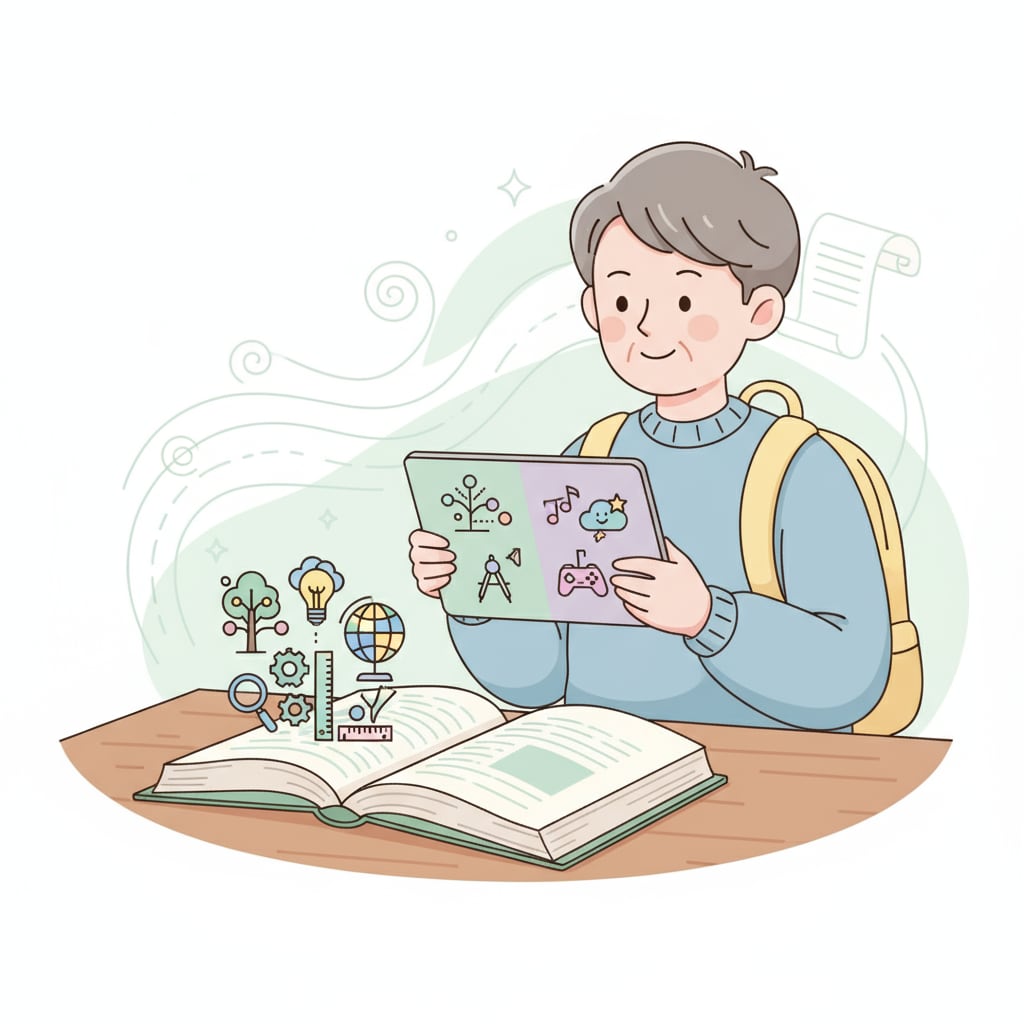When it comes to tablets for school use, making the right choice can be a daunting task for K12 students and their parents. This article aims to provide comprehensive buying advice to help you select a tablet that perfectly balances learning and entertainment needs.

As technology continues to evolve, tablets have become essential tools for students, offering a wide range of educational resources and entertainment options.
Understanding the Learning Requirements
For K12 students, the primary purpose of a tablet is to aid in learning. Different subjects may require specific applications. For example, math might need graphing and equation-solving apps, while language arts could benefit from e-books and grammar checkers. Additionally, many schools now use online learning platforms, so the tablet must be able to access and run these platforms smoothly. According to Education Week, the integration of tablets in the classroom has significantly enhanced the learning experience for students.

Performance Configuration Matters
The performance of a tablet directly impacts its usability. A good processor ensures fast and smooth operation, allowing students to switch between apps quickly. Adequate RAM is also crucial, especially when running multiple apps simultaneously. Storage capacity is another factor to consider. With the need to store textbooks, assignments, and multimedia files, a tablet with sufficient storage is essential. Some tablets even offer expandable storage options. PCMag regularly reviews tablets and provides in-depth analysis of their performance configurations.
Let’s take a look at two popular tablets: Xiaomi Pad 7 and iPad Gen 11. The Xiaomi Pad 7 comes with a powerful processor and a decent amount of RAM, making it suitable for most educational tasks. The iPad Gen 11, on the other hand, is known for its smooth performance and excellent app compatibility.
The Ecosystem Advantage
The ecosystem of a tablet plays a vital role in the overall user experience. Apple’s iPad, for instance, has a vast app store with a wide variety of educational apps specifically designed for students. The integration with other Apple devices like MacBooks and iPhones also allows for seamless sharing of files and data. Android tablets, such as the Xiaomi Pad 7, offer a more open ecosystem, with access to apps from different sources. This can be an advantage for students who prefer to explore a wider range of applications.
Evaluating the Cost-Effectiveness
Cost is often a significant factor when choosing a tablet. While some high-end tablets offer top-of-the-line features, there are also more affordable options that can meet the basic needs of K12 students. The Xiaomi Pad 7, for example, is known for its good performance at a relatively lower price compared to the iPad Gen 11. However, it’s important to consider not only the initial purchase price but also the long-term costs, such as software updates and accessory requirements.
In conclusion, when choosing a tablet for K12 students’ school use, it’s essential to consider all these factors – learning requirements, performance configuration, ecosystem, and cost-effectiveness. By doing so, you can make an informed decision and select a tablet that will serve as a valuable tool for both learning and entertainment.

Whether you opt for the Xiaomi Pad 7 or the iPad Gen 11, or another model, ensure it meets the specific needs of your child.
Readability guidance: This article uses short paragraphs and lists to summarize key points. Each H2 section provides a list of relevant factors. The passive voice and long sentences are kept to a minimum, and transition words are used throughout to enhance readability.


